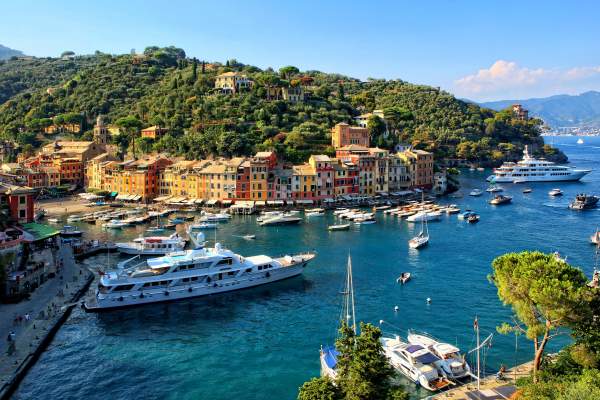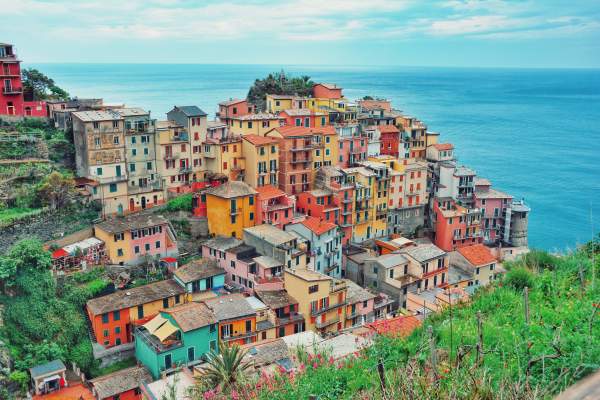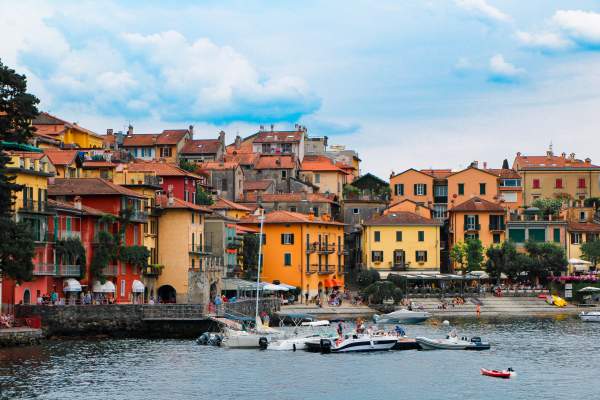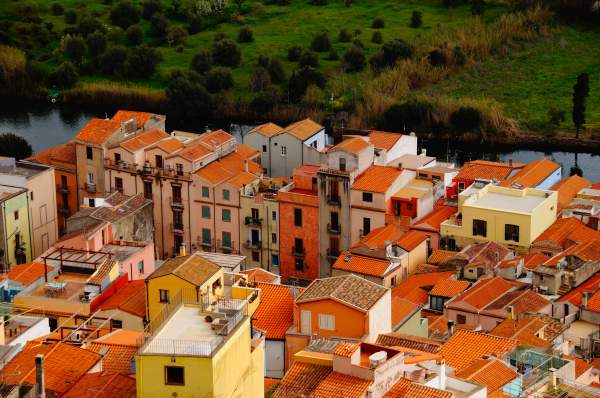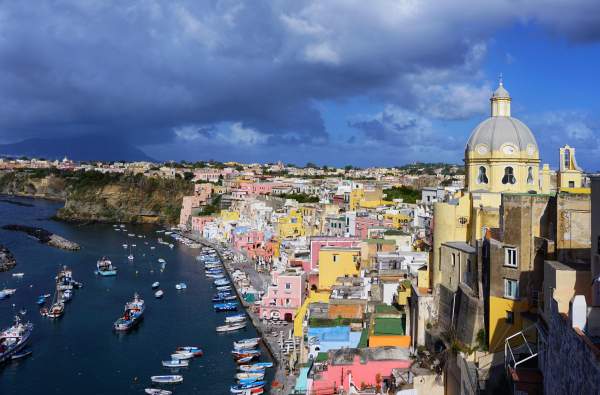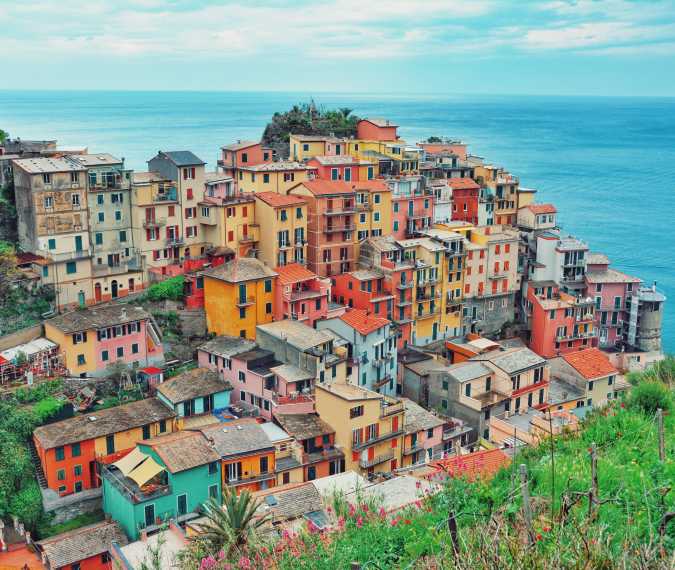
The most colorful places in Italy
From North to South, Italy is undoubtedly a beautiful and photogenic country, full of unique places to discover. One of the things that sets it apart is its sophisticated architecture since the Italians certainly have the ability to create beautiful and colorful architecture that harmoniously matches the surrounding area.
Here we want to suggest to you 8 picturesque places with colorful architecture! Although any town or village along the Italian Riviera could be on this list.
Take your camera, book a ticket to Italy and get ready to discover colorful houses in picturesque villages that look like the rainbow has bathed them, colors that really fill your eyes and soul.
Portofino, Liguria
Portofino is an Italian fishing village and holiday resort famous for its picturesque harbor and historical association with celebrity and artistic visitors. The town is clustered around its small harbor, and is known for the colorfully painted buildings that line the shore. The steep cliffs of Santa Margherita, the charming harbor and its iconic castle are some of the elements that make this little diamond unique.
Burano, Venice
Burano is an island in the Venetian Lagoon, northern Italy, near Torcello at the northern end of the lagoon, known for its lace work and brightly coloured homes. Interesting fact about this place is that every now and then it is mandatory for residents to paint the facades of their houses but they are not allowed to choose the color, as they are notified of the specific shade depending on where their home is located. It is said that the houses were painted in bright and cheerful colors for sailors to see on gloomy and foggy days.
Manarola, Liguria
Manarola is a small town, a frazione of the comune of Riomaggiore, in the province of La Spezia, Liguria, northern Italy. It is the second-smallest of the famous Cinque Terre towns frequented by tourists, with a population of 353. Manarola may be the oldest of the towns in the Cinque Terre, with the cornerstone of the church, San Lorenzo, dating from 1338.
Positano, Campania
Positano is a village and commune on the Amalfi Coast (Province of Salerno), in Campania, Italy, mainly in an enclave in the hills leading down to the coast. Take a walk around its colorful buildings and enjoy its picturesque streets, churches, delicious restaurants and little shops. The village can be reached by ferry or by car from both Naples and Salerno.
Varenna, Lombardy
Varenna is a picturesque and traditional village, located on the eastern shore of Lake Como, located about 60 kilometers (37 mi) north of Milan and about 20 kilometers (12 mi) northwest of Lecco. This village dates back to the 11th century, and boasts numerous attractions, such as Villa Cipressi, Villa Monastero and the Castle of Vezio.
Riomaggiore
Riomaggiore is the most southern village of the Cinque Terre, situated just a few minutes by train from La Spezia. It is the first of the Cinque Terre one meets when traveling north from La Spezia. The town climbs up along the ridges overlooking the sea and it is characterized by the typical stone houses with coloured façades and slate-roofs.
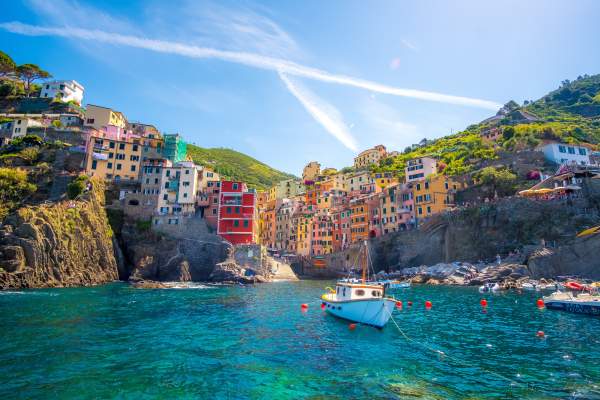
Photo: unsplash.com/wheremikeat
Bosa, Sardinia
Bosa is a town and comune in the province of Oristano, part of the Sardinia region of Italy. Crossed by the river Temo is characterized by typical colorful houses in pastel colors, the wrought-iron balconies, the narrow alleys of the old town. Set amidst a stunning locale with rocky hills, green valleys, palm trees, Italian architecture and the pristine Mediterranean coast, Bosa provides a perfect escape from a busy life in the city.
Procida Island, Campania
Procida is the smallest inhabited island in the Bay of Naples, on the south-eastern coast of Italy. It lies between Ischia Island and Cape Miseno on the mainland, and its highest point reaches 250 feet (76 meters) above sea level. Procida features beautiful pastel houses, cafes-lined marinas, narrow streets, but also historic sites, wild nature, and near-empty beaches to explore.

